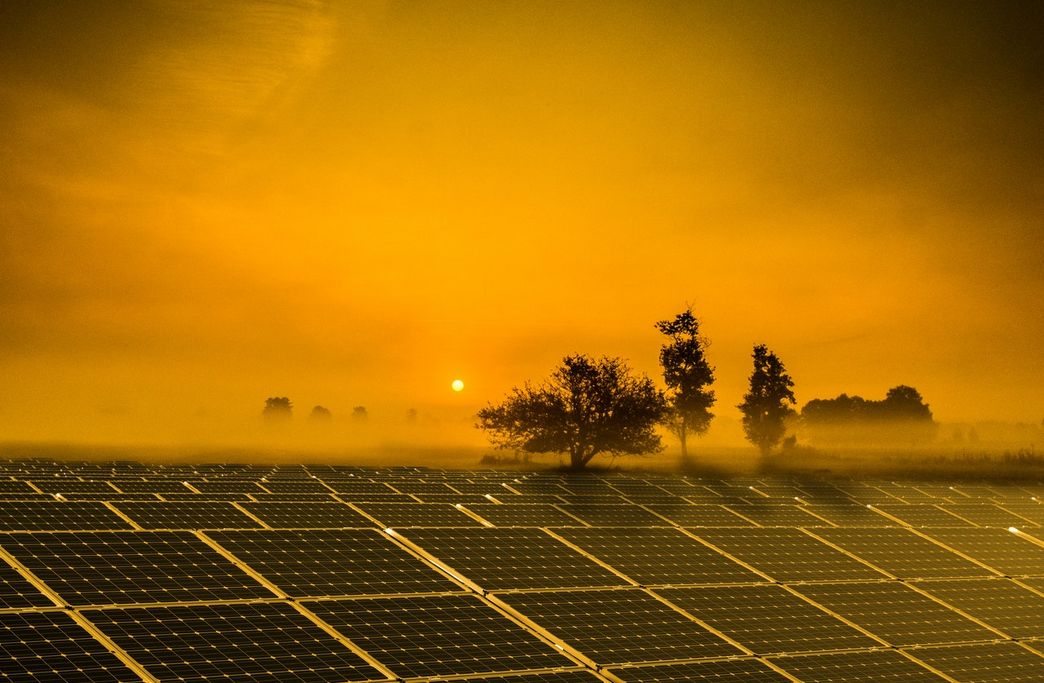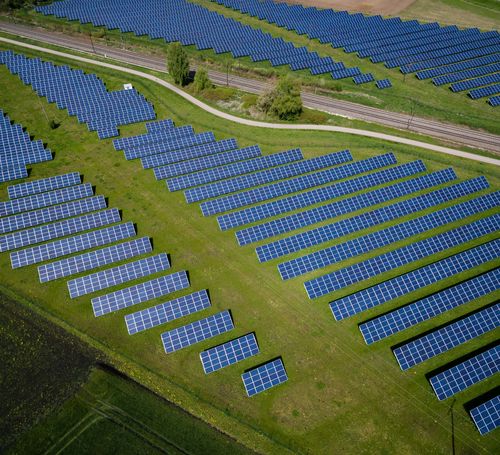Calculating solar power reliably

Klaus Jäger is a physicist working in the Department of Solar Energy Optics at Helmholtz Zentrum Berlin. His research project Predicting temperature dependent solar-module performance is part of this year's Helmholtz & Israel Exchange - a good opportunity for young data scientists to gain research experience abroad.
Klaus Jäger is a physicist working in the Department Optics for Solar Energy at Helmholtz Zentrum Berlin. His research project Predicting temperature dependent solar-module performance is part of this year's Helmholtz & Israel (Virtual) Exchange. Israeli PhD students in Data Science can work with him on the project, network and gain international research experience. A stay in Israel is also possible for researchers at Helmholtz Centres with the Helmholtz & Israel Exchange Program. In this interview, Klaus Jäger tells us what makes his project exciting.
Please tell us about the project and what makes it exciting.
Klaus Jäger: Photovoltaic solar energy is one of the most important technologies to supply humankind with environmental-friendly electricity. For further expanding photovoltaics, reliable energy-yield modelling is crucial. We developed an optical model which can predict the illumination on solar modules in a large solar module field, when real-life weather data is given as an input. For predicting the energy yield of the module, however, also the temperature dependence of the solar-cell performance is important. In this project we aim to extend the model such that the energy yield of PV modules can be predicted accurately, when temperature and – if available – wind data are included. For this, we would like to compare simple physical models and compare them to data-driven solutions. From historic weather data and photovoltaic field measurements we hope to find more accurate models with machine learning.
How did it come to this project?
Jäger: Lab-scale solar cells are mostly characterized under standardized illumination and temperature conditions. However, under real conditions the illumination and temperature are continuously changing, therefore reliable energy-yield calculations are necessary. Especially for bifacial solar modules the optical modeling can be challenging. However, detailed optical modeling is not sufficient and more environmental factors have to be considered to accurately forecast the expected energy yield.
Which recent studies from your group were exciting and why?
Jäger: In recent years, we already published a number of studies on these topics. In [1], we developed an illumination model for large photovoltaic plants, which we used to optimize the arrangement of solar panels to maximize the yield. In [2], we performed yield calculations for tandem solar cells, which utilize the solar spectrum more efficiently but are more sensitive to spectral changes. Further, we estimate the effect of luminescent coupling, which could boost the yield even further.
What is it like to work in your lab? How many people are there, what is their background?
Jäger: In the “Department Optics for Solar Energy” we are a small group of people highly motivated to improve solar cells with advanced optical concepts. On these simulations you will work with the PhD student Peter Tillmann, the senior scientist Klaus Jäger and the group leader Christiane Becker.










